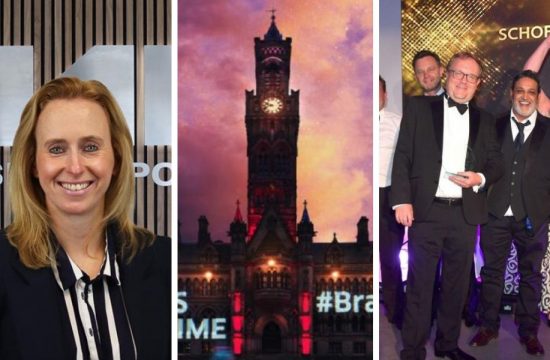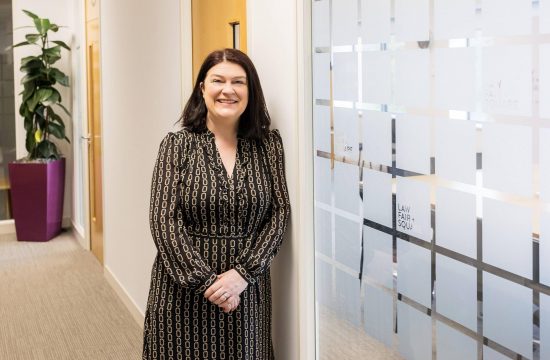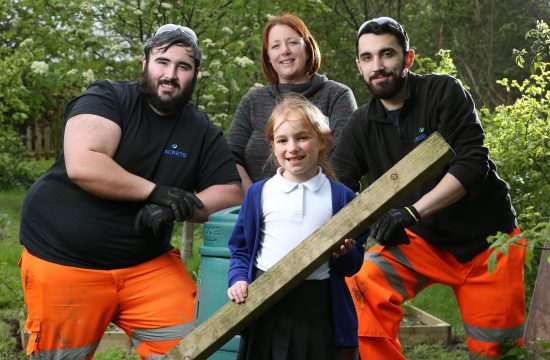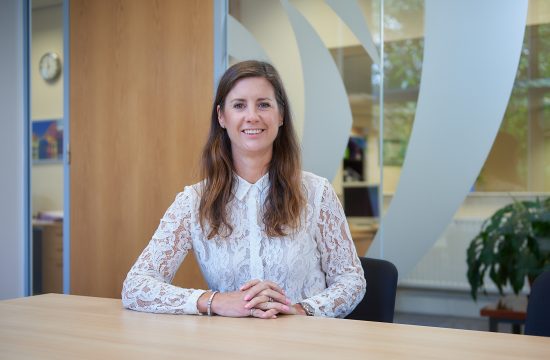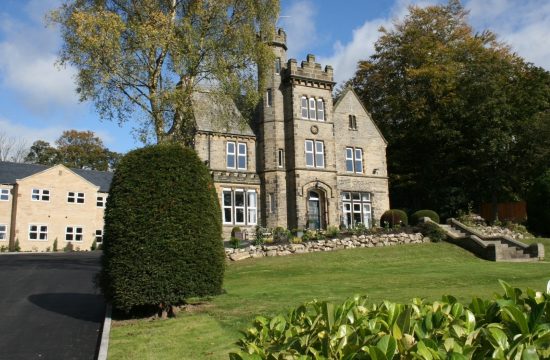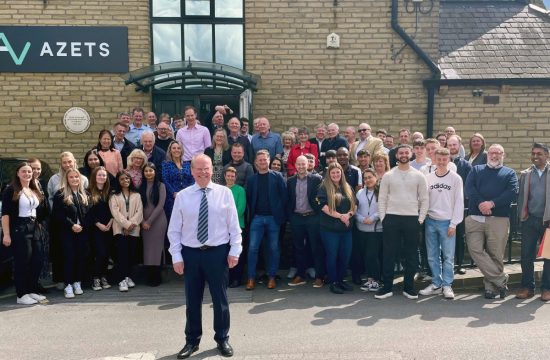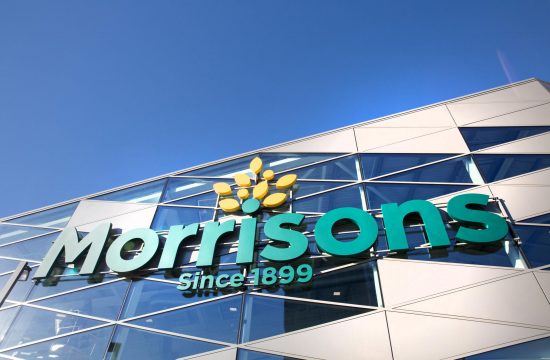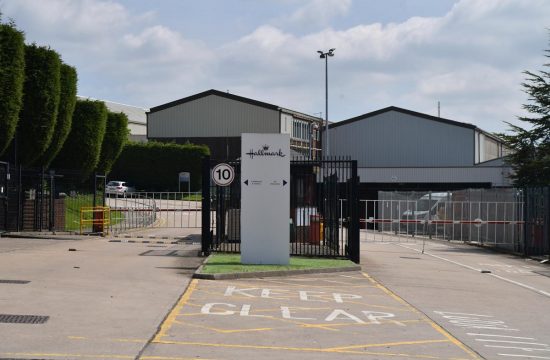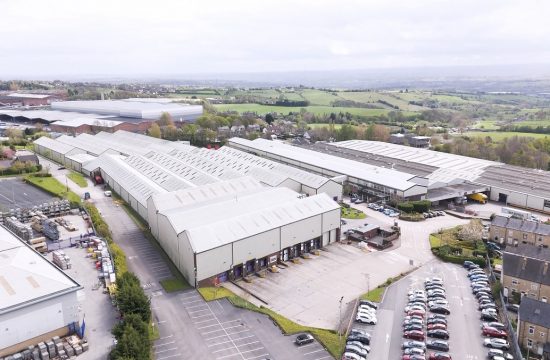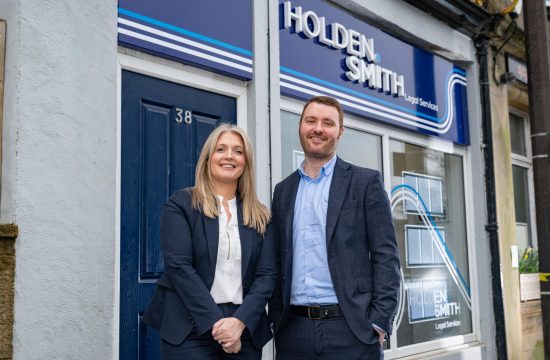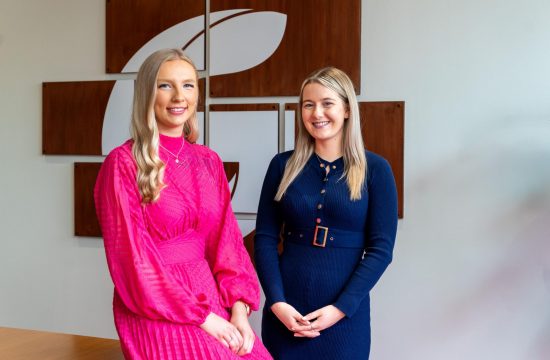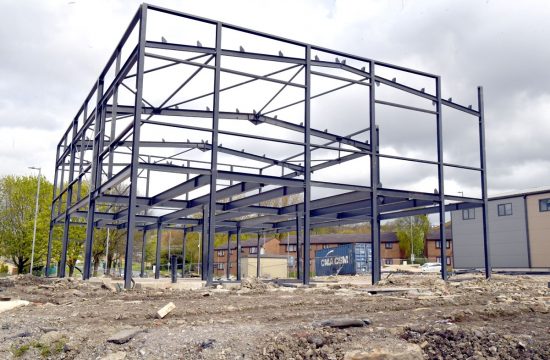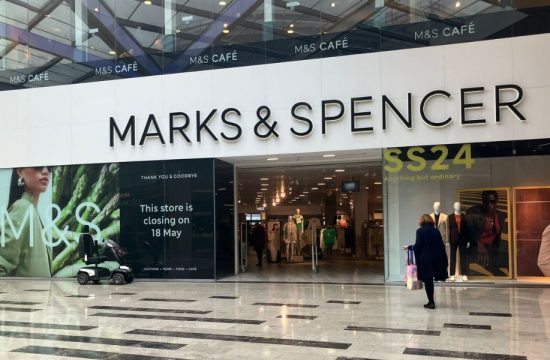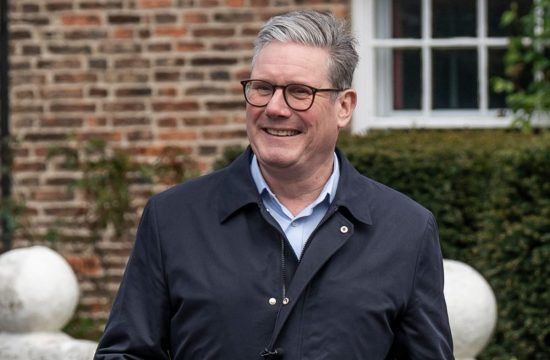One of the problems facing Bradford city centre is clear for all to see – the abundance of empty and underused buildings. Whilst this is a reflection of the general decline of High Streets nationally, for one influential local architects practice, that doesn’t tell the whole story.
Yeme Architects, led by Amir Hussain, believe there is a deeper problem for Bradford – but they strongly believe it is a problem that can be tackled with the right approach – particularly given the growing potential in the city.
CEO Amir, who is also a member of the Leeds Local Enterprise Partnership, spoke to Bradford Means Business recently about his views on the property market in Bradford, and how it can be developed to match the growing optimism around Bradford city centre.
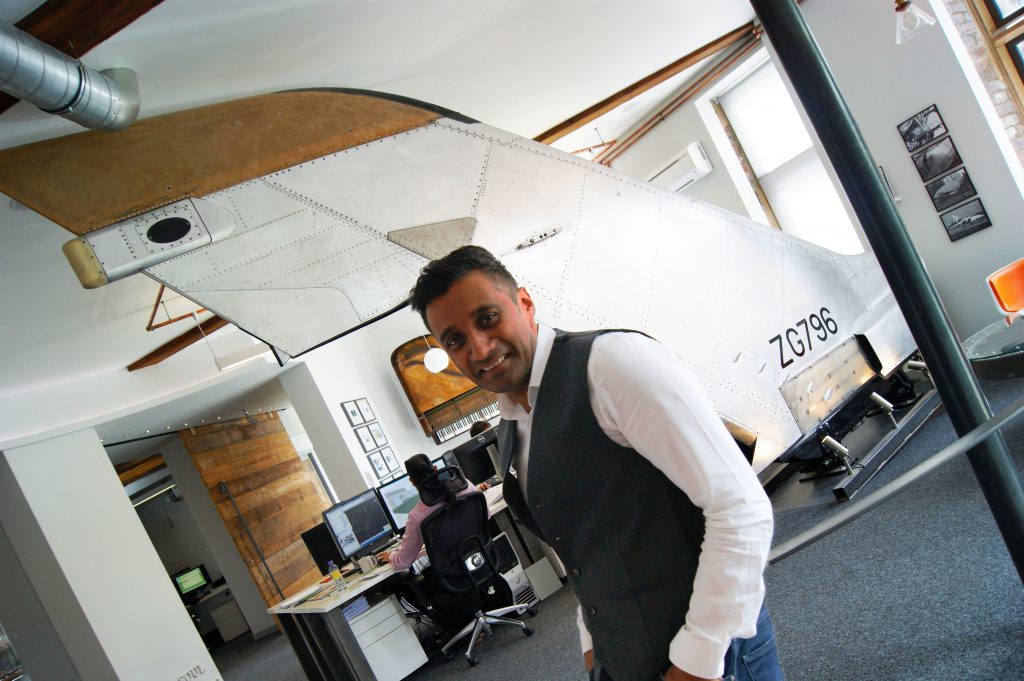
He started by talking about the problem with low property values and the perception that creates.
“When apartments sell from as little as £20,000 and office space costs a third of neighbouring Leeds, it illustrates a much deeper problem. These property values matter because cities are generally developed by or with private-sector developers,” said Amir.
“However, in Bradford, frequently there simply isn’t enough profit to justify a commercial development. This in turn undermines the property sector and investment in the city centre as a whole. A lack of investment means there are fewer high quality developments, fewer high-income occupiers as well as fewer shops and restaurants to service them. All this reduces the community development and public ownership of spaces.”
He said Yeme Architects (YA) have been working hard with their clients to buck this trend across the city and believe there is a solution to the situation.
“Being a young, dynamic and highly creative practice, has been pivotal in creating very successful projects across Bradford, many in extremely challenging circumstances,” he said.
Amir Hussain
Bradford born CEO and founder Amir, supported by his highly talented team, handles over £140m worth of projects nationally, from the company’s repurposed offices in Bradford. Key to this success, he says, has been a collaborative and aspirational approach to design, which was founded on principles honed in Bradford.
Yeme Architects can see the incredible potential opportunities for Bradford’s city centre.
Having worked closely and collaboratively with clients, the Council, Charities and Community Groups, YA can see the incredible potential opportunities for Bradford’s city centre.
“This could lead to a resurgence of the city and once again reflect the magnificence of its architecture to create a really distinctive and desirable place to live, work and enjoy,” Amir said.
“One of the most important aspects to achieving this is to create a very distinctive, active and animated city centre that actually reflects the individuality and diversity of Bradford. The ingredients for realising such a vision already exist. The key is ensuring there is a collaborative, locally-driven focus that consolidates and maximises the impact to create exponential momentum.
“Bradford has some fantastic things going on, which often aren’t recognised or celebrated. Furthermore, there are new developments on the horizon which are potentially transformational for the city and serve to strengthen its identity and perception.
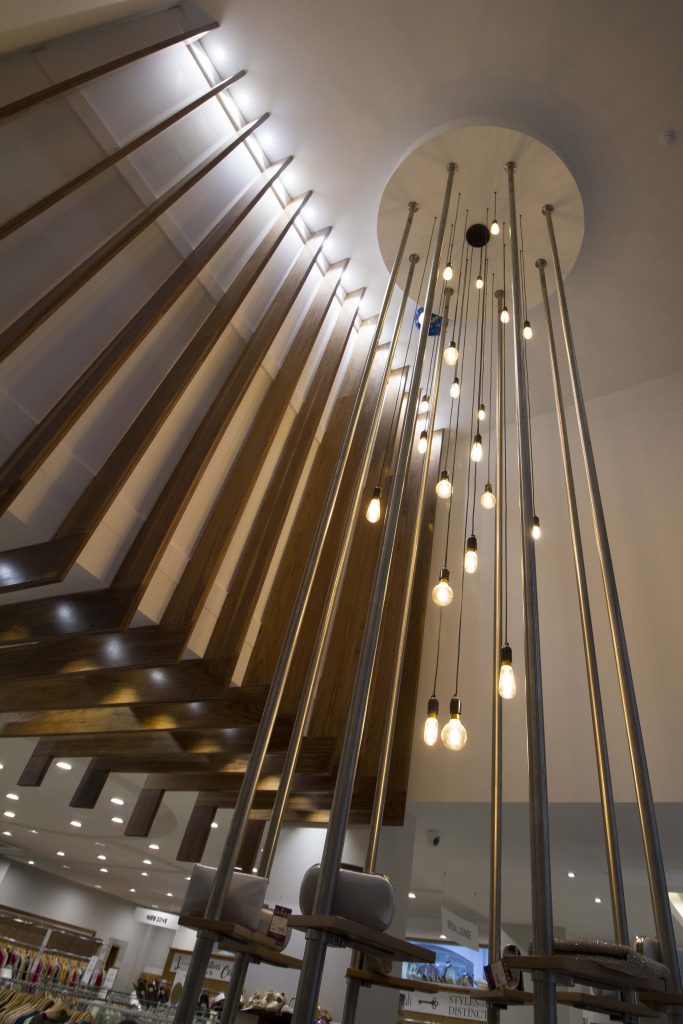
“Bradford city centre is renowned for its wealth of evocative, historic buildings that have thankfully been saved from the bulldozers in the 1970’s, 80’s and later. With over 200 Listed Buildings, the city is in a prime position to be a very distinctive, characterful destination with a very strong identity.”
Amir spoke about the growing ‘Ring of Culture’ that surrounds the city centre, and the impact this is likely to have on Bradford’s future fortunes.
“The fact that Bradford city centre has cultural facilities such as the Alhambra, Science & Media Museum, Impressions Gallery, Brick Box, Kala Sangham, Bradford Playhouse and St Georges Hall, all within a five minute walk, of the stunning Mirror Pool is often overlooked,” he said.
“Now with Birmingham’s NEC Arena coming to operate the Bradford Live former Odeon building in 2021, it really serves to accelerate and highlight the city’s cultural offer. This 4000 person concert and events venue aims to attract over 350,000 additional people into the city centre every year. Being a concert venue means more evening activity which reinforces the atmosphere and supports the need for more hotels.
“On the commercial front, a new office development is due on the site of the former Police Station at One City Park, arguably the city’s most prestigious address. This helps to reinforce the city centre as an office destination and supports the arrival of PwC into Bradford. This in itself is probably the most significant global brand to enter the city centre in 20 years.”
But he stressed that these elements alone would not lead to an uplift for the commercial sector.
“To do that, it must still be demonstrated that property prices are higher than the cost of delivering the development. Low values increase risk within a development and that then increases costs, further undermining the viability,” Amir explained.
“Where public funding is used to support the creation of housing, it should be used creatively in a way that triggers a new benchmark in the market. So in addition to creating social housing and rental model apartments, funds should be channelled into creating highly distinctive, landmark new housing that facilitate professional resident owners and higher income occupants.
“The private-sector funded Pennine House development in Bradford’s Little Germany quarter offers an example of how new benchmark rents can be achieved. This high-quality, aspirational apartment development is very significant to Bradford because it achieves the highest rents in the city centre, through high quality, aspirational design. If fully let over the medium to long term, this will set a new benchmark that enables other developers to fund more viable schemes.”
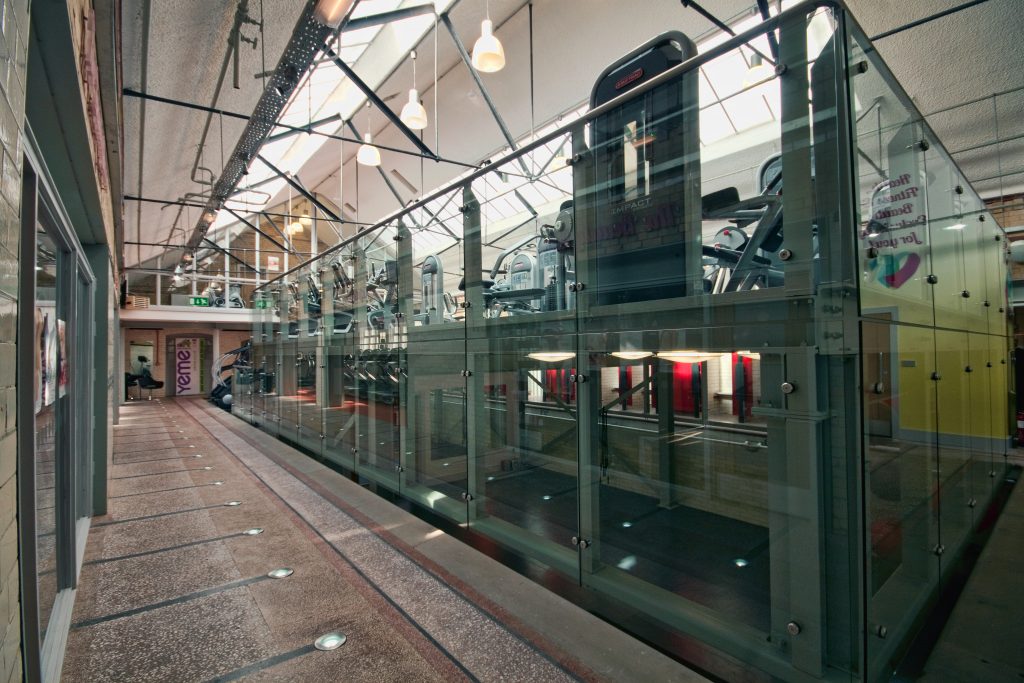
Many cities around the UK were working closely and collaboratively with private-sector, joint venture partners to create multi-billion pound transformational developments, he said, pointing to developments in cities like Preston, Bolton and Sheffield to name a few.
“Bradford city centre has an incredible wealth of buildings that are ripe for conversion. It has a strong cultural offer and some excellent public realm spaces. It is soon to have an NEC run arena, a new city centre office development, a new station at Forster Square Station and a reinvigorated university involved in world-class research.
“The city has the youngest population in the UK and one of the most diverse, which should be a cause of greater celebration. These are very powerful characteristics. A tangible, ambitious vision for the city needs to be created, that demonstrates the process by which a wider developer audience can envisage a commercially successful outcome.
“With a greater degree of integration and coordination between all the different elements and a strong reflection and understanding of the local community, a transformational change in the fortunes of the city is within reach.”





